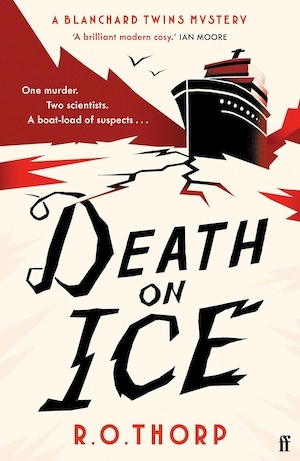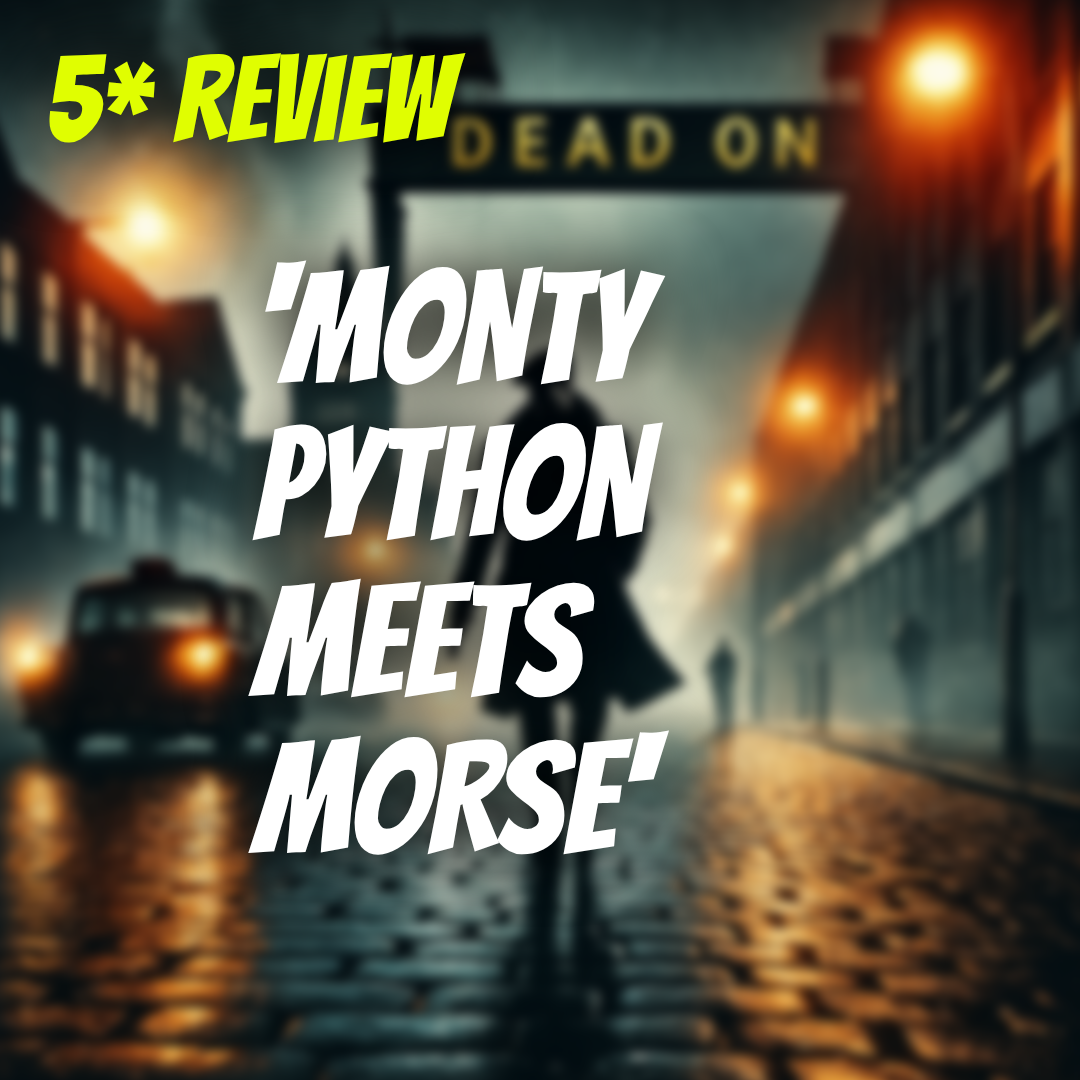
It’s all aboard for murder and mayhem as the Dauphin, an unusually luxurious marine research vessel, sets sail from Northern England and makes for the frigid waters of the Arctic. Among the passengers, an eclectic mix of wealthy tourists and single-minded researchers, are Rose and Finn Blanchard. She is an expert in manta rays. He specialises in sharks. Together, the Blanchard twins are an academic force to be reckoned with.
What’s more, they’re also a dab hand at sleuthing, which comes in handy when the generally despised Dr Ben Sixgill is murdered via a swift harpooning. As the Blanchard twins happen to be at the bottom of the ocean, searching for Greenland sharks, in the ship’s state-of-the-art submersible at the time of the killing, they are the only people aboard the Dauphin who cannot be responsible for it.
While Detective Inspector Thomas Heissen and Detective Sergeant Titus Williams, who had been pursuing a smuggling ring from Dover to Svalbard, are flown to the ship to investigate, it is the twins who take the lead in questioning suspects (everyone) and following clues (everything). But can they solve the murder, find the shark, and make it back to dry land in one piece?
RO Thorp’s Death on Ice has a classic Agatha Christie vibe, despite being a decidedly contemporary mystery. The theme of luxury travel gone awry and the setting of a sumptuously appointed ship are certainly reminiscent of Death on the Nile and The Man in the Brown Suit, among others, as are the many resentments and secrets simmering among those aboard the Dauphin.
The fact that the passengers and crew form a closed circle of suspects adds to the Christiesque atmosphere. Rose and Finn Blanchard provide each other with an alibi, and them being separated from the victim by around 2000 metres of water pretty much rules them out, but everyone else could have done it. While this means that the killer cannot physically escape justice before the ship returns to port, it also means there are a lot of interviews and plenty of evidence to wade through.
The limited window of time in which the detectives and the twins can be sure that the killer cannot get away – not without developing gills and the ability to withstand near-freezing water temperatures anyway – adds a sense of urgency and enhances the story’s suspense. Otherwise, while the hunt for the killer is certainly an enthusiastic one, it does proceed in a rather gentle and ponderous fashion.
Relatedly, it takes quite a while for Dr Sixgill’s murder to occur. Up to that point, after the dramatis personae are introduced and the setting of the ship established, the pace on the story slows substantially and much time is taken up by meandering conversations and wry observations. However, after the first body drops, things pick up considerably, and even the most irritating of poshos becomes bearable when there’s the possibility of them being a killer.
As amateur sleuths, the Blanchard twins are convincing and compelling. They’re in the right place at the wrong time (or vice versa) and circumstances preclude them from being murderers, but when it comes to the hunt for the killer and the motive, they take positive action and even risk a bit of bodily harm. Their specialist skills complement each other and assist them in getting to the truth, and their unusual backstory adds an additional element of intrigue to the story.
In terms of the professional detectives, Heissen and Williams share a world-weary and resigned demeanour that typifies many television detectives and well suits the freezing atmosphere of the Arctic. They’re not exactly thrilled to have the twins’ help – and they would rather still be on the trail of the smugglers – but they are savvy enough sleuths to recognise that any assistance in dealing with the eccentric researchers and holidaymakers can only be beneficial.
The setting of Death on Ice is extremely well evoked, both the Dauphin and the Arctic, including the time spent beneath the water. The freezing temperature and the stark sense of isolation that characterise the wider environment permeate the story and contrast nicely with the luxurious surroundings aboard the ship. The strangeness of the setting adds to the disorientation caused by the murder and the otherworldliness of its impossible aspect, and it all adds new meaning to the concept of a cold case.
Ultimately, the highfalutin characters, exotic setting and complex yet relatively bloodless crimes render Death on Ice a cosy mystery in the classic sense. There are just as many twists, turns and red herrings as fans of Christie et al. will expect, and the characters neatly demonstrate what happens when an eclectic swathe of society are confined together in terrible circumstances. All in all, it’s a voyage well worth taking.
Read our interview with RO Thorp here.
Faber & Faber
Print/Kindle/iBook
£7.49
CFL Rating: 4 Stars








